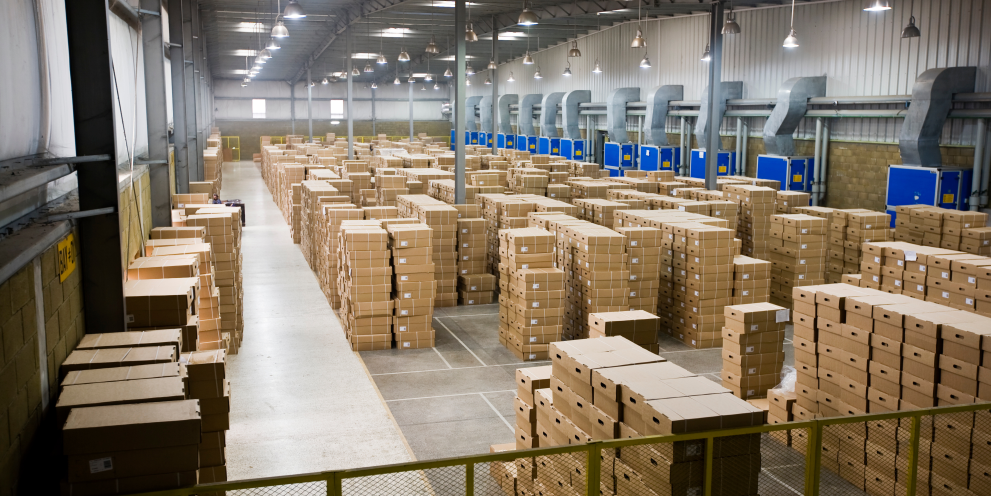
For over 10 years, EEIP (Energy Efficiency in Industrial Processes) has been working on improving European industrial energy efficiency, including through EU-funded Innovation Action initiatives. The main lesson learned is that energy efficiency, although a ‘common sense’ (especially in a case of industrial and business energy users), does not happen spontaneously. An energy efficiency market is missing. It very often feels like a Sisyphian task of endlessly pushing the boulder of innovation up the hill of market feasibility.
The hill
This absence of a dynamic market for industrial energy efficiency stems from various interconnected challenges. Companies often face significant barriers to investing in energy efficiency measures due to the high upfront costs involved in upgrading equipment and implementing new technologies. Furthermore, skills and work force shortage remains one of the key long-term barriers in decarbonisation of European manufacturing businesses. Additionally, the lack of clear metrics for assessing energy efficiency improvements (benchmarks) and the uncertainty surrounding long-term energy prices further discourage investments.
The boulder
The first steps have been taken. A significant development has been made by the European Commission’s Joint Research Centre, under Innovation Radar methodologies, with creation of Market Creation Potential Indicator. has a potential to become a valuable asset in navigating complex market landscapes, driving sustainable investments and growth, and fostering a more resilient and dynamic EU economy.
Our view is that any project must have a solid market awareness and orientation. This should be a foundation of replication methodologies in all EU-funded projects. Replication should not only in a presentation of ideas and results. Actions are not taken based on good ideas and inspiring information. Competition for research funding between many actors, often comprising ‘commercial’ competitors (many of which are nonprofit), can be balanced with collaboration through range of means and incentives.
One approach is to further emphasise shared goals or mutual benefits already in programme calls and in application processes, such as addressing common challenges or leveraging complementary expertise or insisting on references to existing recent work in similar areas. Additionally, incentives like access to broader markets, cost-sharing opportunities, or enhanced reputation through joint replication efforts can motivate collaboration. CINEA’s thematic workshop focused on replication in the clean energy transition of the business sectors (20-21 April 2023) which included over 10 different project and where EEIP supported facilitation and moderation, is an exceptional example of collaboration across project consortia. Ultimately, by emphasising the synergies and long-term benefits of energy efficiency, different project consortia can mitigate the adversarial aspects of competition for future projects.
Innovation becomes a success only when market opportunities are effectively created and mobilised. Enforcing this perspective of market orientation of energy efficiency innovative developments would undoubtedly add value to the project investments and outcomes.
Connecting the dots
Energy efficiency market can be created and stimulated only by actors working together. This would include all, from research centres and sectoral associations to companies and investors. Regulatory and EU funding programmes should create an effective framework for this collaboration to flourish.
Industrial energy efficiency is already all about collaboration. There are very few opportunities only behind the factory gates. Connecting to other energy users, in order to optimise energy use, is often the best way forward. Industrial Symbiosis is a good example. As energy efficiency makes common sense within a company, industrial symbiosis does the same in energy and resource-connected circular economy. EU-funded projects like EENOVA, that analyses connections of value chains in optimising energy efficiency innovations in food Industry, or CORALIS, that connects decarbonisation for resource and energy intensive sectors, are examples where replication builds on pre-existing interaction of multiple sectors and energy users. Working together and learning from each other, between research, factories and business enablers, is that very much needed springboard for energising future energy efficiency markets.
Recommended links
- DG CONNECT ‘Innovation Radar, the European Commission’s repository of innovations with market potential, hits the 10,000 milestone’
- JRC Technical Report ‘Market Creating Innovations in the EU Framework Programme’
- EENOVA project
- CORALIS project
About the author
Dusan Jakovljevic is a co-founder and Policy and Communication Director at EEIP, a policy and business platform for industrial energy transition. He is the founder of #EuroBubble Twitter live monitoring free tool at vattel.com.
Disclaimer: This article is a contribution from a partner. All rights reserved.
Neither the European Commission nor any person acting on behalf of the Commission is responsible for the use that might be made of the information in the article. The opinions expressed are those of the author(s) only and should not be considered as representative of the European Commission’s official position.
Details
- Publication date
- 7 March 2024
- Author
- European Climate, Infrastructure and Environment Executive Agency
